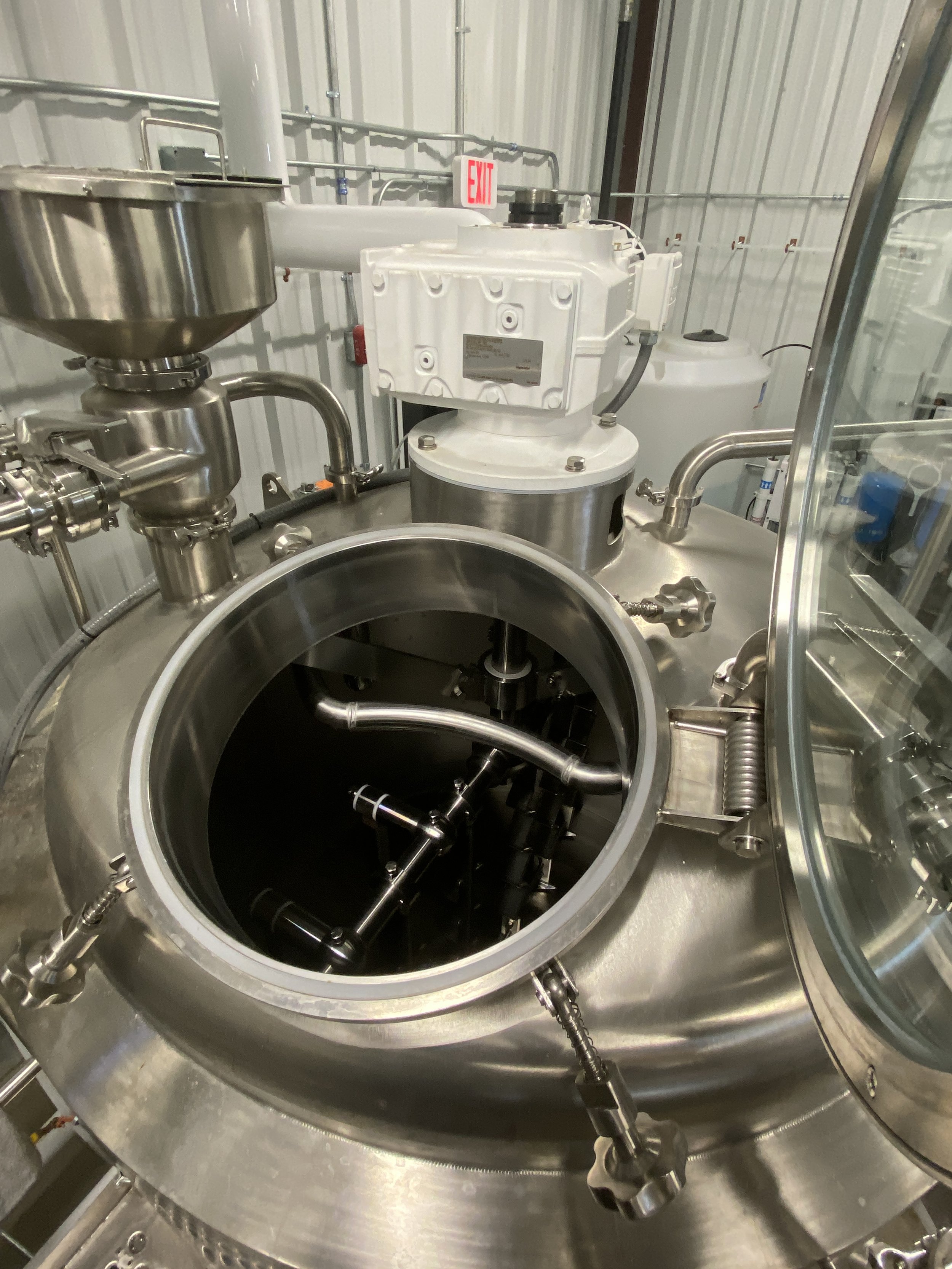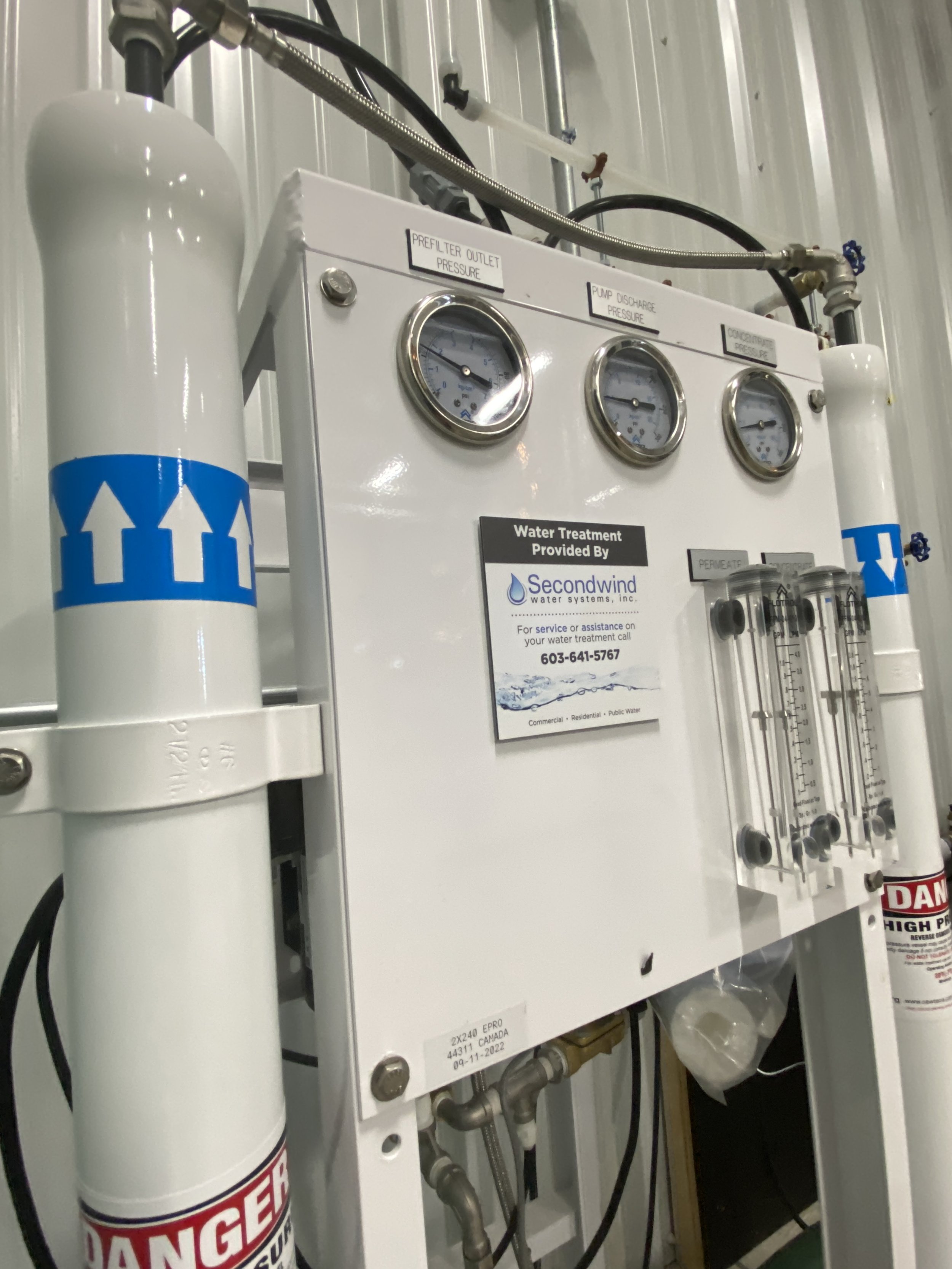The Modern Approach
To The Art of Distillation
The journey a batch of spirits goes through has many potential twists and turns through its multiple phases of production. It always starts with specific grains & yeasts, only to then separate and strip them back down by boiling them at high temperatures. Fundamentally this strikes as a very simple process but there are so many different ways to approach the final outcome that gives each distillation its own (even if just slightly) unique flavor.
The Mash Tun
Step 1: Convert starches to sugars
The Mash/Lauter Tun is a tool for separating the liquid wort from the solids of the mash. Wort is so important because it contains sugars, that will be fermented by the brewing yeast to produce alcohol.
What happens during mashing?
In distilling, mashing is the process of combining a mix of ground grains like malted barley, corn, sorghum, rye, and wheat. Combined with water and a little heat and these recipes become the grain bill.
What, exactly, is lautering?
Lautering is the process of separating the wort, from the mash. This process usually takes 3-4 hours.
Fermentation Tank
Step 2: Convert sugars to alchohol
Wort is sent from the Mash Ton directly to the fermentation tank. Yeast is then added to the Wort. Think of yeast food for the sugars of the wort to ingest and then produce alcohol with. This process can take about 3-7 days pending on the recipe
Preferred yeast - D310 yeast strain
Temps - 74-77 degrees F
Length - 3-7 Days
Holds up to 300 gallons
250 & 25 Gallon Stills
Step 3: Purifying the alcohol into spirits
This stills work as the heart of our operation at Manchester Distillery. After lautering the wort from the mash and fermenting for several days the created alcohol is pumped into either the 250g or 25g still.
Temp range = 170-212 c
Length = 6-8 hours
As the alcohol cooks the vapors/condensate rise up through and down the columns A distillation column is a tube that provides surfaces on which condensations and vaporizations can occur before the gas enters the condenser in order to concentrate the more volatile liquid in the first fractions and the less volatile components in the later fractions.
At the end of this trail, neutral grain alcohol is produced. We call this our spirit base.
Blending Tank
Step 4: Water down those booze
The Blending tank is designed to mix spirits and water for proofing, blending, and hydro separation. When Alcohol comes off the still its has a very high ABV/Proof. Watering it down makes brings back the flavors diluted by the high % of alchohol and makes it safe to drink.
Reverse Osmosis Tank
“We want just H’s and O’s” - Bill
Reverse osmosis performs water filtration by passing it through multiple stages of filtration and stripping off all the minerals currently in the water.
In the final filtration stage, it adds healthy minerals back into the water. This ensures all spirits are created with the cleanest water that does not add or take away any flavors from the grain, botanicals and other ingredients used.
Hot Liquor Tank
The hot liquor tank is used to maintain specific water temperatures while the grain is being soaked. This is done by using a heat-exchanging coil that is placed in the tank.
Temperature - 155 Degrees F
Gallons 400







